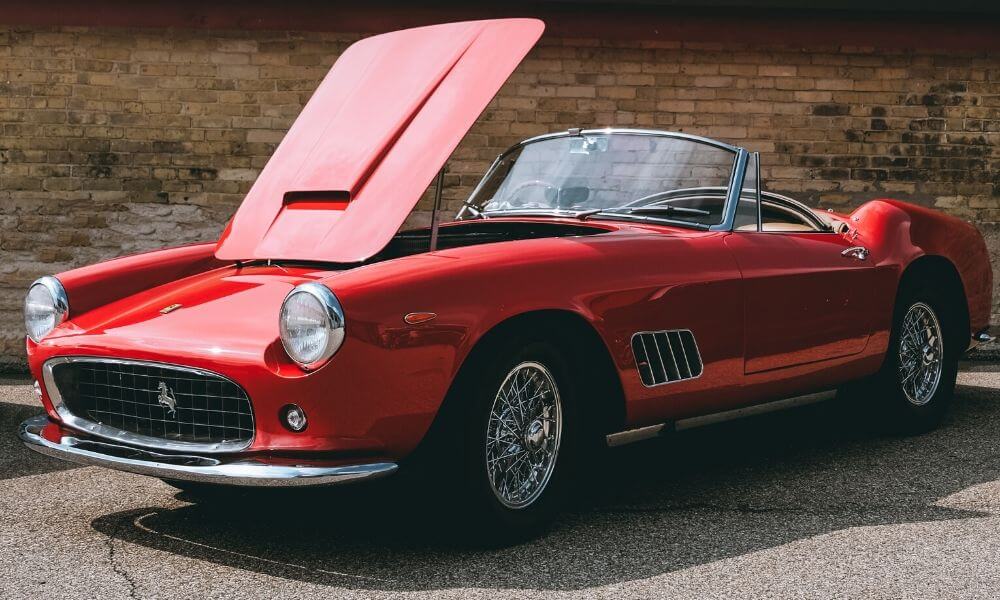Restoring and customizing vintage cars is a passion shared by many automobile enthusiasts. The process involves bringing classic vehicles back to their former glory, preserving their unique charm and character while adding personalized touches. This article explores various techniques used in the restoration and customization of vintage cars.
1. Bodywork Restoration
One of the most crucial aspects of vintage car restoration is bodywork. This involves repairing and restoring the car’s exterior, including the frame, panels, and paint. The process often requires removing rust, treating any corrosion, and replacing or repairing damaged parts.
Skilled craftsmen meticulously work on the body, ensuring that the car retains its original shape and lines. They may use techniques such as welding, sanding, and filling to achieve a smooth surface. Once the bodywork is complete, the car is ready for a fresh coat of paint, carefully chosen to match its original color or customized to the owner’s preference.
2. Engine Overhaul
The heart of any vehicle is its engine, and vintage cars are no exception. Restoring the engine involves a comprehensive overhaul to ensure optimal performance. This includes cleaning, repairing, or replacing various components such as pistons, valves, and gaskets.
Restorers often face the challenge of sourcing vintage parts, as many original components may no longer be in production. In such cases, they may opt for aftermarket parts or enlist the help of specialized suppliers who deal with vintage car parts.
3. Interior Upholstery and Accessories
The interior of a vintage car holds significant sentimental value for many owners. Restoring the interior involves repairing or replacing worn-out upholstery, carpets, and headliners. Skilled upholsterers meticulously recreate original designs or work with owners to create custom interiors that match their vision.
Restorers also pay attention to restoring or replacing accessories such as vintage radios, steering wheels, and gauges. These small details contribute to the overall authenticity and charm of the restored vintage car.
4. Customization and Personalization
While restoring a vintage car to its original specifications is a popular choice, many owners also opt for customization to make their vehicles truly unique. Customization can include modifications to the engine for enhanced performance, installing modern audio systems, or adding personalized features like air conditioning.
Body modifications, such as lowering the suspension or adding custom paintwork, are also common customization techniques. However, it is essential to strike a balance between customization and preserving the original character of the vintage car.
5. Maintenance and Preservation
After the restoration and customization processes are complete, proper maintenance and preservation are vital to ensure the longevity of the vintage car. Regular servicing, oil changes, and inspections help keep the car in optimal condition.
Proper storage and protection from environmental elements, such as sunlight and moisture, are also crucial. Many vintage car owners invest in climate-controlled garages or use car covers specifically designed for long-term storage.
By following these techniques and maintaining their vintage cars, enthusiasts can enjoy their fully restored and customized vehicles for years to come.

